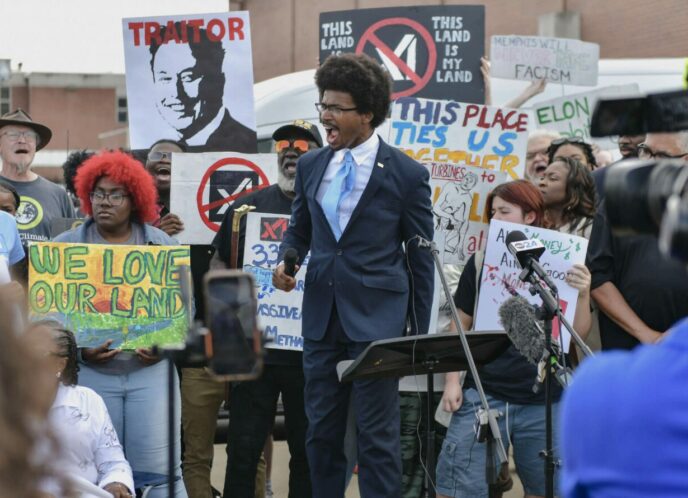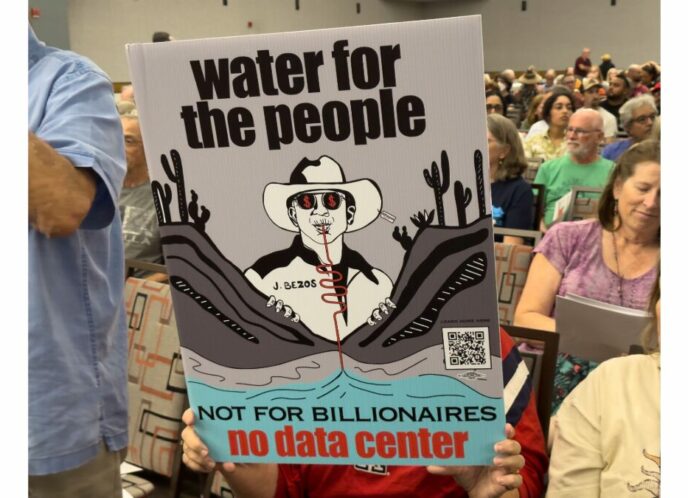“Listing the sorts of questions that would be asked of green card applicants [under the RAISE Act], Donald Trump’s senior policy advisor Stephen Miller focused on three: “Does the applicant speak English? Can they support themselves and their families financially? Do they have a skill that will add to the U.S. economy? Are they being paid a high wage?” These are all a part of a comprehensive racial reform strategy dredged from nativist fever swamps. [Trump’s] actions demonstrate that his priority [is] to preserve whiteness as a form of social and psychological capital.” – Matthew Guterl in Quartz
Last week, Trump ended DACA. There has been a tremendous amount of media attention around this latest weapon in the administration’s arsenal, which would affect what some would consider a small and less controversial subset of our nation’s 11 million immigrants–longtime residents with no criminal record. Yet, the move to repeal DACA highlights how ideologies around race, belonging, and worthiness shape immigration policy, regardless of how basic the rights or how benign the communities in question might appear.
Mainstream frames of good vs. bad immigrants, personal responsibility, that elusive American Dream, heteronormative family and so-called pro-life values, economic worth (in the context of capitalism, low wage labor, and the GDP) often dominate in the most subtle ways, and the optics of immigration belie whose fates we are actually talking about.
The visual coverage and framing of DACA and immigration policy in general has been of Latinx communities, and where it is not, media often talks about Black and Asian people exclusively. In effect, the “face” of the directly impacted and beneficiaries of immigration policies is largely Latinx. In reality, only 37 percent of U.S. Latinx people are actually immigrants, and 18 percent of those immigrants are undocumented (Pew Hispanic Center).
Once disaggregated, all our attempts to label and generalize that population (or any race for that matter) break apart–given that Latino is not considered a race, the inextricable reality of indigenous, diasporic Asian and Black (and White) people from Latin America, what is that “face” based on? How does our own understanding of different racial groups and their histories within the schema of immigration harm our chances for authentic and powerful solidarity?
“This is not about our parents’ “poor choices.” It’s about a government that builds walls to keep people out, exploits the Global South to the point where people have no choice but to leave home, and creates immigration policies that make it impossible to adjust our legal status[.]” – Barbara Sostaita, Feministing.
One in seven Asian Pacific Islander Americans is undocumented, and the number of undocumented APIAs has outpaced that of Latinx immigrants for several years now, and almost matches the total population of undocumented Latinx people in the U.S. APIAs are also the fastest growing poor across the U.S. and in my hometown, NYC, despite the persistence and visibility of the model minority myth. Similarly, 16 percent of the 575,000 Black immigrants in the U.S. are undocumented, and while less than 1 percent of deportations were of African immigrants in 2016, a recent report by the Black Alliance for Just Immigration (BAJI) noted that Black immigrants from other countries are detained and deported at five times the rate of other groups.
With Latinx migrants and immigrants posing a near imagined threat to economic nativists (as the foreign threat of China), as they have since well before the Bracero program of the 40s, nativist, White supremacist ideologies blend effortlessly in immigration policy. It’s nothing new: racist ideology has shaped virtually every facet of our legal and governance system, whether the perceived threat is from across the globe or here at home.
Virtually all state immigration mechanisms can be traced back to the Asian Exclusion era, from green cards to naturalization and deportation policies (Erika Lee, At America’s Gates, 2003). Rules governing immigrant laborers were at their core about enforcing a system of White dominance in labor, for example, with unions, including heroes like Samuel Gompers at the helm, and the Free Soil movement leading a violent anti-Asian and anti-Black labor over a century ago.
As deep as our engineered divisions run, we have a long history of both transnational and U.S.-based solidarity to draw from: Asian and Latinx grape pickers of Huerta’s and Chavez’ time, Black scholars’ and activists’ historic support of Asian liberation movements, Asian American militants in the Black Panther movement and the Civil Rights Movement, and more.
We do not live single issue lives, and this is the time to be vigilant in identifying and dismantling the mainstream frames that would have us think that any facet of a White supremacist system is “their problem.” This is the time to hold one another.



